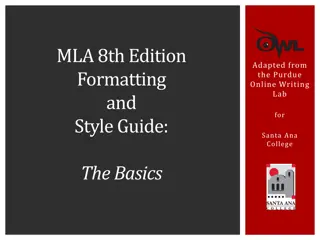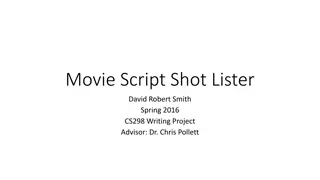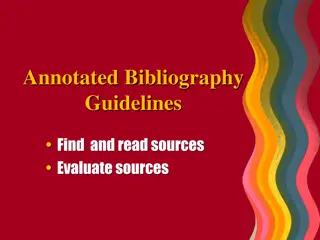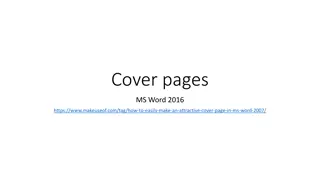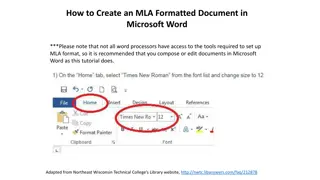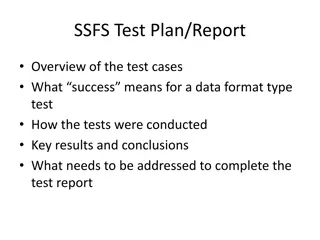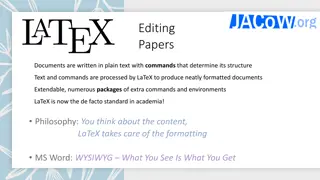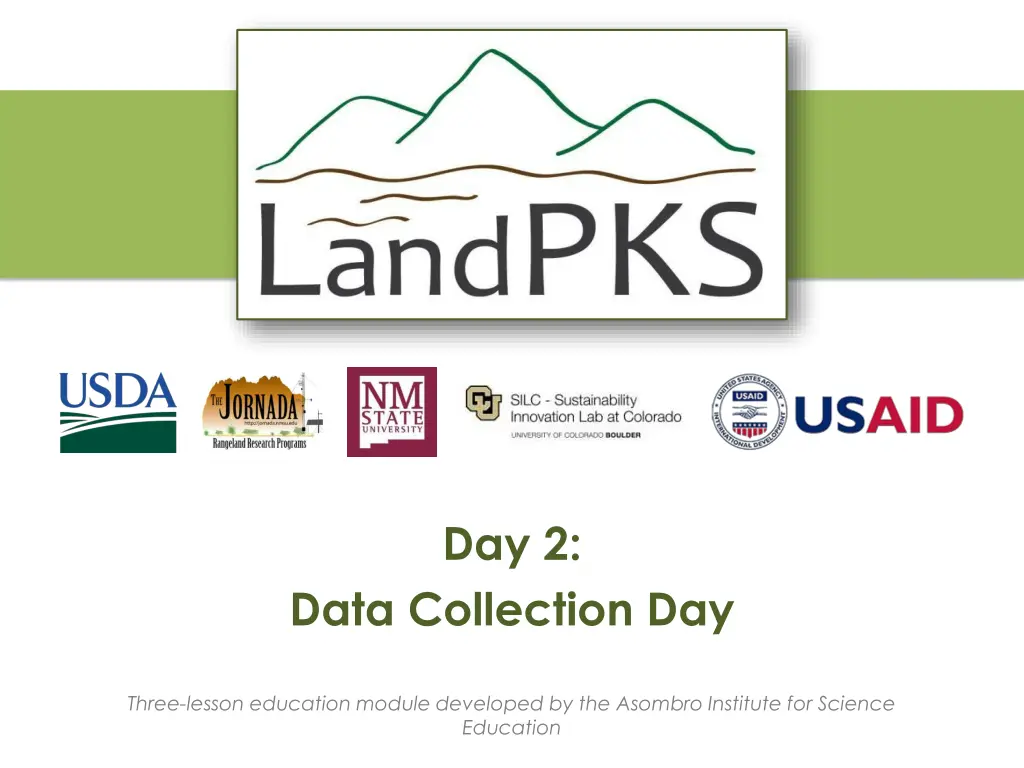
Understanding Soil Texture and Land Cover Importance
Explore the significance of soil texture in water movement, water availability for plants, and soil depths impact on plant roots. Learn about land cover types, erosion risks, and the importance of vegetation in landscape resilience. Gain insights into land management planning through data analysis and Land Capability Classification application.
Download Presentation

Please find below an Image/Link to download the presentation.
The content on the website is provided AS IS for your information and personal use only. It may not be sold, licensed, or shared on other websites without obtaining consent from the author. If you encounter any issues during the download, it is possible that the publisher has removed the file from their server.
You are allowed to download the files provided on this website for personal or commercial use, subject to the condition that they are used lawfully. All files are the property of their respective owners.
The content on the website is provided AS IS for your information and personal use only. It may not be sold, licensed, or shared on other websites without obtaining consent from the author.
E N D
Presentation Transcript
Day 2: Data Collection Day Three-lesson education module developed by the Asombro Institute for Science Education
Remember Soil Texture Soil Texture helps determine: How fast water moves into and through the soil How much water is available in the soil for plants to use Clay stores the most water in total, but can hold onto the some of the water too tightly for plants to use Silt stores the most plant-available water. Sand stores the least amount of water for plants.
Soil Texture at Multiple Depths Plant roots can penetrate deep in the soil (Figure A). Soil texture often changes as you move farther underground (Figure B). Because of this, it is important to know what the soil texture at different depths where plant roots might occur. Figure A Figure B
Land Cover Why Its Important Describing the types of land cover and vegetation can give us an idea of how our landscapes resist and recover from disturbances (i.e. erosion). % of Land Cover % of Land Cover Erosion Risk Erosion Risk Knowing what land cover and vegetation are at a site can also give us a baseline to set goals or track future changes.
Day 3 Land Management Planning Input data into the LandPKS app for analysis Learn about LCC (Land Capability Classification) Identify LCC from your site Apply LCC understanding to a potential land management dilemma


